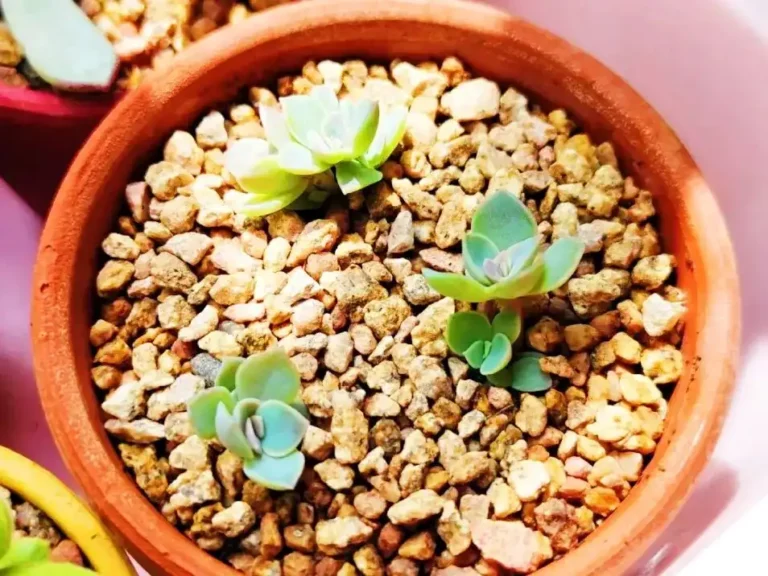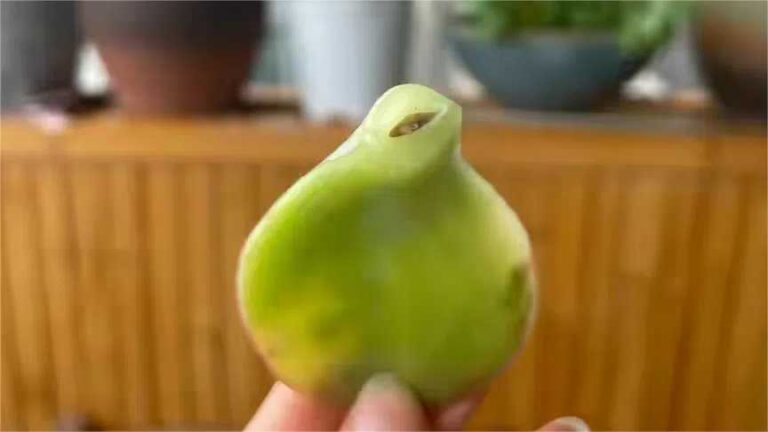“Why do well cared for succulents get smaller and smaller? This is a common problem that plagues succulent lovers worldwide. By analyzing more than 2,000 cases of maintenance, we found that 90% of succulent shrinkage phenomenon is related to these 5 major maintenance mistakes. In this article, we will explain in detail the common mistakes in succulent controlled care tips and give professional succulent fertilization guidelines to help your plants return to a healthy growing state.”
Sudden environmental changes cause succulents to shrivel
When moving from a professional greenhouse to a home environment, succulents require an acclimatization period. Greenhouses use professionally formulated nutrient soil (coir:perlite = 3:7) and automated irrigation systems to maintain 70% air humidity. Home balconies usually have only 40-50% humidity, which can lead to a 20-30% reduction in the size of “water stump” succulents (e.g. Rainbow Jade). It is recommended to keep them in diffused light for the first two weeks after purchase and gradually increase the sunlight hours.
Wrong care during potting period
During the 2-3 weeks that an online succulent is adapting to its new environment, the root absorption efficiency is only 30% of its normal state. At this time the plant will preferentially consume the bottom old leaves (usually 15% of the total volume). The correct practice is to use rooting powder containing indolebutyric acid (concentration 0.01%), keep the medium slightly moist (40% water content), and spray appropriately at night to increase local humidity.
Excessive water control triggers stiff seedlings
The key to controlled succulents is root health testing. It is recommended to check the root system every month: healthy roots should be milky white and cover the holes at the bottom of the pot. If you find brown dry roots, prune them immediately and treat them with carbendazim (1:1000 ratio). Newcomers are advised to adopt the “3-5-7 watering method”: water thoroughly for 3 days in spring and fall, water along the edge of the pot for 5 days in summer, and rehydrate in trace amounts for 7 days in winter.
Improper use of granular soils
The water-holding time of all-particle media (e.g. pure terracotta soil) is only 12-18 hours, which is much lower than that of mixed media (about 36 hours). Experimental data shows that the ratio of 70% granules + 30% peat can increase the growth rate of succulent by 40%. It is recommended to add 5% vermiculite to improve water retention and supplement with 3-5 pellets of slow-release fertilizer every quarter.
Neglecting dormancy management
80% of succulent species will go dormant when the temperature is consistently >32℃ or <5℃. Fertilizer uptake during this period is less than 10%, and over-watering can lead to root rot. The correct practice is to use the “morning spray method” (spraying the foliage before sunrise) in summer, and to switch to using a heating pad at the bottom to maintain a ground temperature of 15℃ in winter. At the end of the dormant period, it is recommended to use HB-101 Energizer (1ml to 1L of water) to wake up the root system.
Professional Fertilizer Usage Guide:
Controlled release fertilizer: add 10g per gallon of media, fertilizer effect lasts for 6 months. Pay attention to avoid contact with the root system, need to be buried in the middle layer of the medium.
Water Soluble Fertilizer: Use at a rate of 1:2000 with seaweed extract. The best time for application is in the evening of spring and fall, and it should be exposed to light within 6 hours after application.
Organic fertilizer: fermented sheep manure should be processed by 60℃ high temperature, and mixed with medium at 1:9. Note that the PH value should be controlled between 6.0-6.5.





